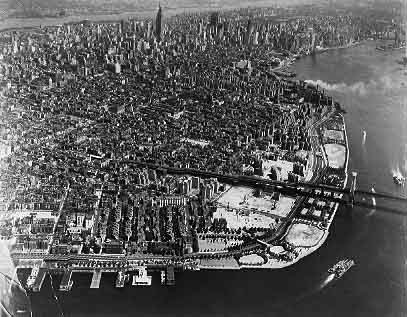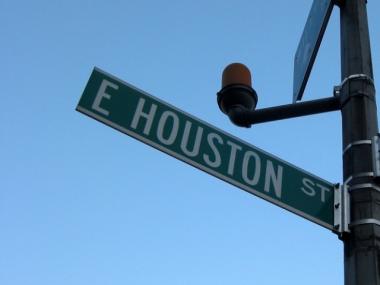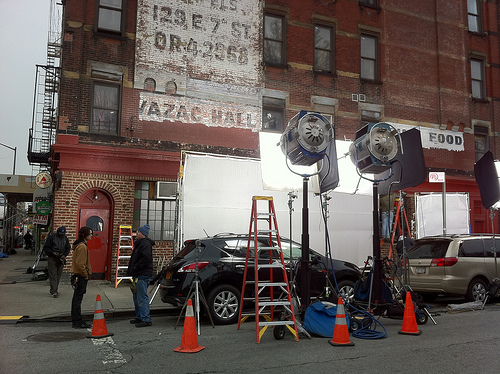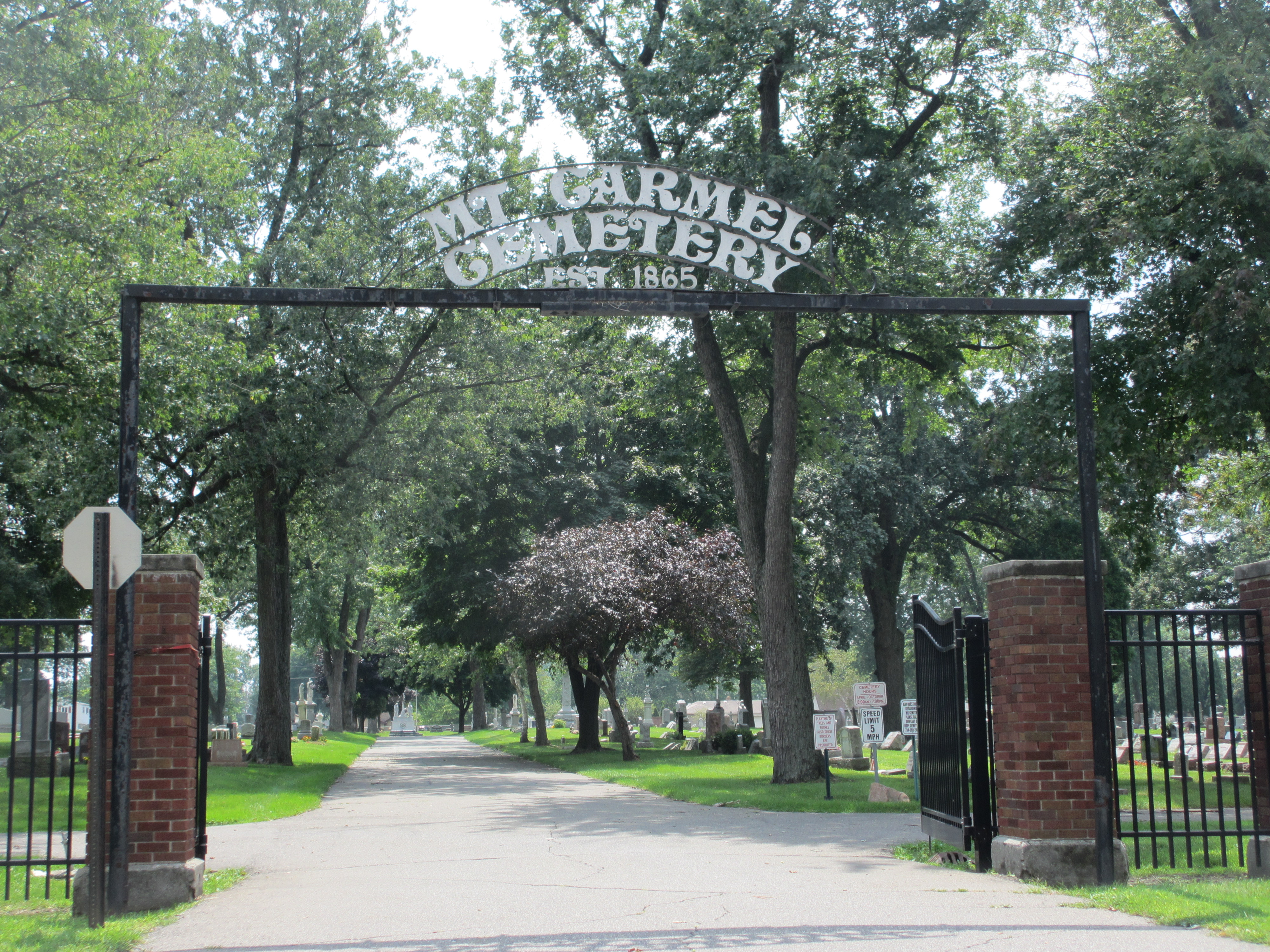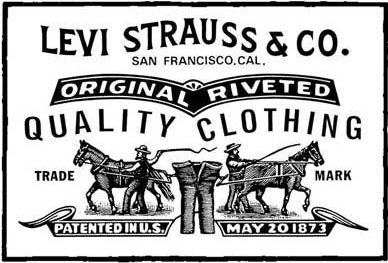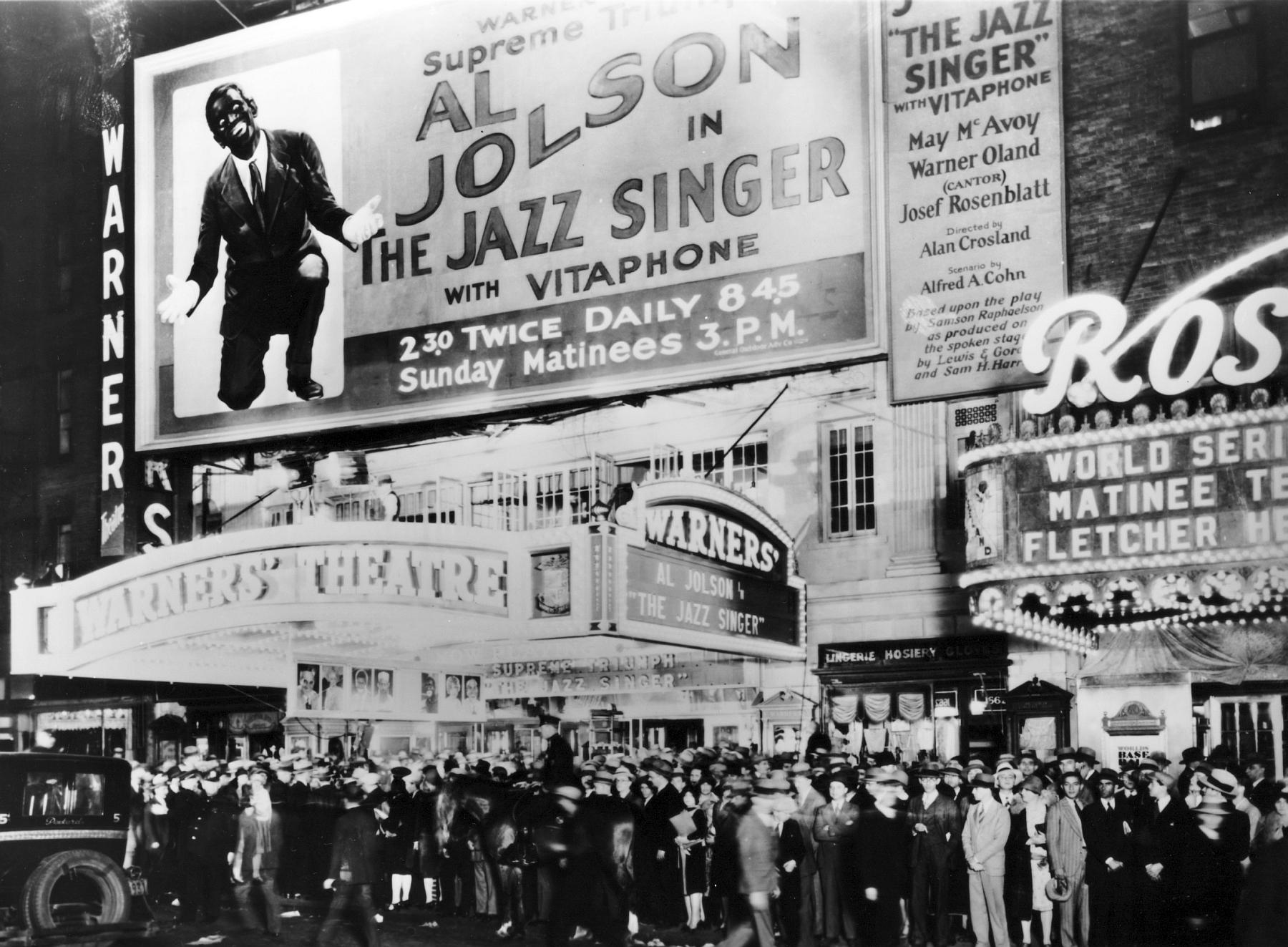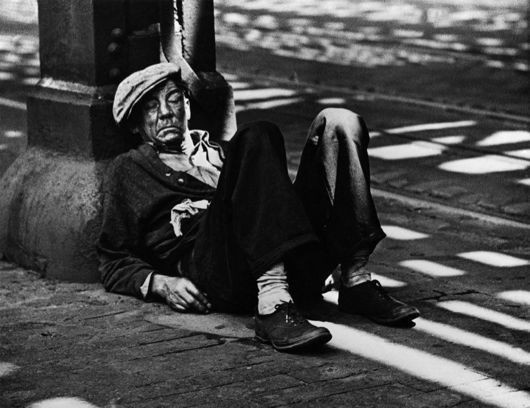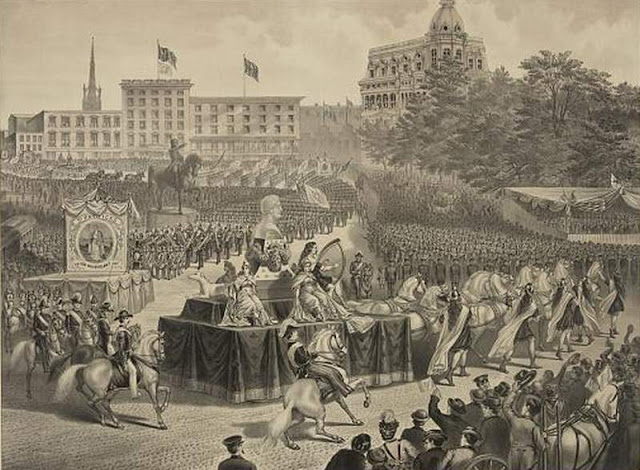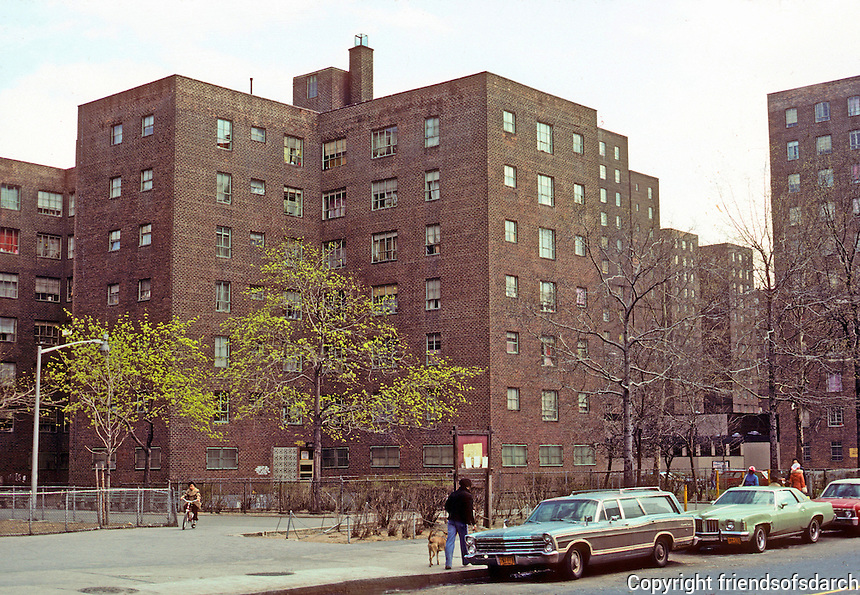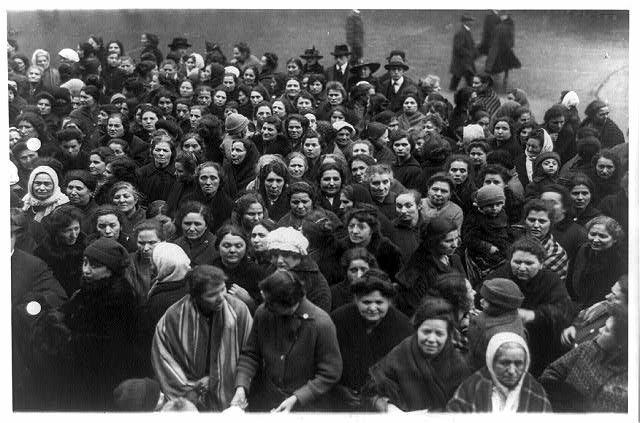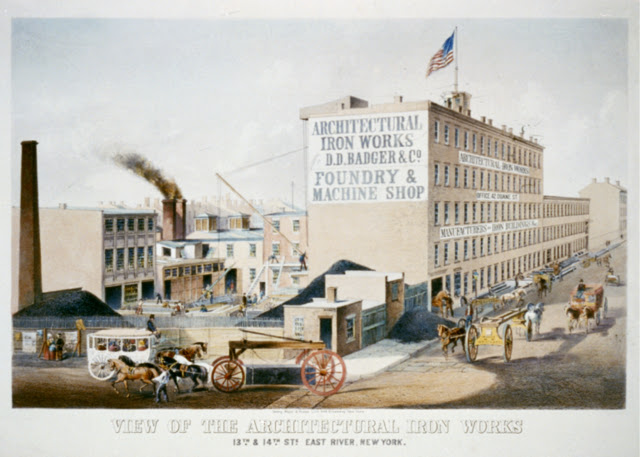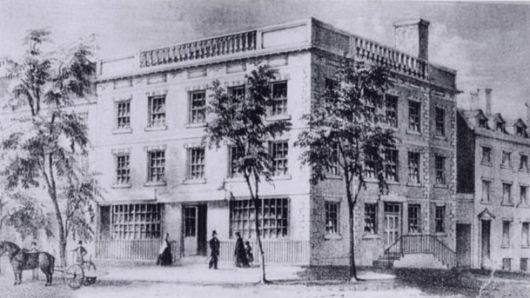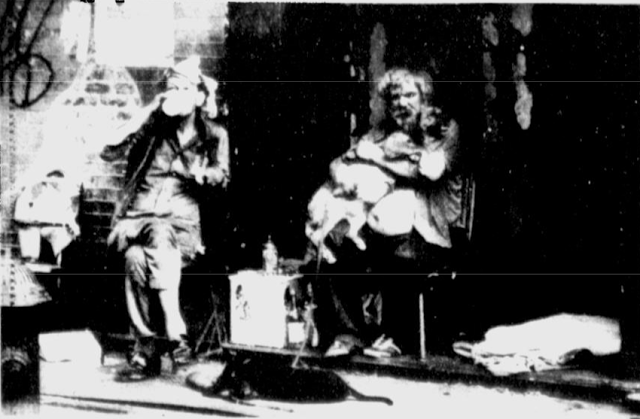Corlears Hook: A Malarious Slum
Twenty-six year old Robert Icard arrived in New York City with his young family in tow. Leaving the port city of Baltimore, he had aspirations of making a better life for himself and his future generations. He settled in a neighborhood known as Corlears Hook and would operate a shot manufacturing and gunsmith company from the lower level of his home on Water Street. The year was 1820 and Corlears...
It’s Pronounced “How-Sten”
The Lower East Side -- an iconic piece of real estate that is the quintessential melting pot of America. Countless dreams came to fruition on the Lower East Side. Sons and daughters from lands afar, sailed into bustling New York harbor carrying a few belongings, and aspirations of one day making their lives better. Native Americans, Brits, Irish, Italians, Germans, Chinese, Hispanics, punks, and yes even hipsters have torn down...
East Village Movie Locations
Here are just a few scenes from movies and television shows that were filmed in the East Village. Special thanks to Andrea Coyle for compiling most of this. Crocodile Dundee (1986) Avenue B & E. 7th Street, Vazac’s bar Mick (Paul Hogan) defended two hookers and punched their pimp. Desperately Seeking Susan (1985) St. Marks Place, Dojo Restaurant Roberta (Rosanna Arquette) follows Susan (Madonna) and knocks over a vendor's wares....
Archival Video: “The Biggest Jewish City in the World”
From the source: "One in a series of eight films that traces the history of America as a nation of immigrants. With a population that includes two million Jews, New York is the biggest Jewish city in the world. Many are the children and grandchildren of people who fled Eastern Europe before World War I and came to the city's Lower East Side. Though no longer persecuted, most still lived...
Our visit to the graves of famous Lower East Siders (Mt. Carmel Cemetery)
Earlier this week, while waiting for my car to be repaired at a local shop, I stumbled upon Mt. Carmel Cemetery in Glendale Queens. I've come across this cemetery a few times in books and articles over the years while researching and figured I'd pop in and take a look around. Using my smart phone, I went to findagrave.com to see if I could discover any famous Lower East Siders...
Did you know that Levi Strauss began his career on the Lower East Side?
Did you know that Levi Strauss began his career on the Lower East Side? In 1847, at age 18, Levi Strauss (born Leob Strauss, February 26, 1829) left his native home in Bavaria to join his older brothers in NYC, who owned a wholesale dry goods store on the Lower East Side. By 1853, young Levi received an offer to partner with a businessman who opened a dry goods...
Ever wonder how the term “East Village” came about?
It started when the Third Avenue Elevated Train line -- which ran from Chatham Square to The Bronx up Bowery and 3rd Avenue -- was demolished in the late 1950s. By 1960, savvy real estate companies and building owners began promoting the district as the "Village East" or "East Village," capitalizing on its proximity to the more fashionable Greenwich Village.Though traditionally part of the greater Lower East Side, the term...
Video: The roots of Hollywood on NYC’s Lower East Side
This original LESHP documentary explores the important role that many Lower East Siders played during the early days of the motion picture industry.
Eric Ferrara wins an Acker Award!
The Acker Award is a tribute given to members of the avant garde arts communities of New York City and San Francisco who have made outstanding contributions in their discipline in defiance of convention, or else served their fellow writers and artists in outstanding ways. The award is named after novelist Kathy Acker who in her life and work exemplified the risk-taking and uncompromising dedication that identifies the true avant...
A Look Back at the Bowery “Blue Book”
If you were down and out on the Bowery in the 1940s or 1950s, you wouldn’t want to earn the reputation as a “toes-up mokus” or aggressive “pinker” because you just might “catch some heat” from the “bulls” – or worse – you might be ostracized by your contemporaries and “outed” publicly in the Bowery Blue Book. The legendary Bowery began hosting a notable homeless population as early as the...
A Look at St. Patrick’s Day Parade’s Lower East Side Roots
St. Patrick holds a special place in the hearts of many New Yorkers. Not only is he the primary patron saint of Ireland, he is also the adopted patron saint of the Archdiocese of New York, so it is no surprise that tens of thousands of people show up every year just to participate in the St. Patrick’s Day Parade—while spectators run into the millions. Though very little documentation exists...
A Brief History of Public Housing on the Lower East Side
When the City Planning Commission formed on January 1, 1938, one of its primary initiatives was to revitalize the most poverty-stricken neighborhoods of New York City. After identifying the Lower East Side waterfront as one of the Big Apple’s neediest districts, the commission proposed amending long-standing zoning regulations in order to restore property values, to encourage new construction and to raise the standard of living for thousands of families. Plans...
The Food Riots of February, 1917
In February of 1917, thousands of local women organized to combat sharply rising food prices. Spurred on by well-known anarchist and socialist leaders, many protesters turned violent and wreaked havoc on local businesses for several days. It is hard for us to imagine not having a C-Town nearby or a 24-hour bodega on every corner to satisfy our cravings at a moment’s notice. In a world before supermarkets—let alone packaged...
D.D. Badger Iron Works, 14th Street, 1850s
For over a century, the East Side hosted at times the largest concentration of factories, stables, warehouses, coal, lumber and iron yards in the city.
Looking at the Lower East Side’s Presidential Connections
From the ambitious political architects of our fledgling nation to the most powerful heads-of-state of the 21st century, the Lower East Side has hosted some pretty interesting presidential history. Former Continental Army Commander George Washington was inaugurated as the first President of the United States during a ceremony at Federal Hall in Lower Manhattan on April 30, 1789. After what I’m sure was a night on the town that would...
On this day in 1981, The “Bowery Slasher” begins targeting homeless men
Charles Sears during arrest (NYS Digital Library) On the night of June 27, 1981, a 32-year old man named Charles Sears began targeting Manhattan vagrants in a slashing spree which spanned ten days and claimed fifteen victims -- two of whom died from the attacks. Sears, a Vietnam Veteran with a long criminal record, was estranged from his Bronx-based family and unemployed. By June of 1981 he found himself residing...
“Little Hungary” restaurant
Here is some memorabilia from the Little Hungary restaurant, formerly at 255-263 East Houston Street. A century ago it was one of the most famous restaurants in NYC, situated along what was once known as "Goulash Row." Teddy Roosevelt often dined there as police commissioner and made a promise to return if elected president. Keeping his word, Little Hungary made the national news and thereafter became a popular tourist destination.
David Sarnoff alerted the world of the Titanic disaster.
From a transmitter perched upon the roof of the old Wannamaker's Department Store in Astor Place, Lower East Side bred media pioneer David Sarnoff, who Time called the "Father of Broadcasting," made history by relaying up-to-the minute news of the tragic ocean liner sinking. Russian-born David Sarnoff (1891–1971), immigrated to the Lower East Side with his impoverished family at about nine years old. Like many neighborhood youths at the turn...
Ahoy? The St. Mark’s Place Navy
From The Villager, 3/1/12 By Eric Ferrara In February of 1891, a 35-year old German man named Christian C.W. Grassman arrived in New York City and quickly established himself in the real estate field. By the turn of the century he had co-founded the Grassman and Hirtz real estate company, located on the first floor of 94 St. Mark’s Place. The eccentric immigrant became a regular fixture in the neighborhood,...
Village’s ‘Little Hall of Fame’ had a memorable run
From The Villager, 2/22/12 Called the “Old Village’s Most Famous Exhibit” by The New York Times when it closed in August of 1913, Britting’s was a popular dining spot known for its extensive display of playbills, portraits, autographs and theater memorabilia dating back to the 18th century.READ FULL ARTICLE: http://www.thevillager.com/?p=2416
